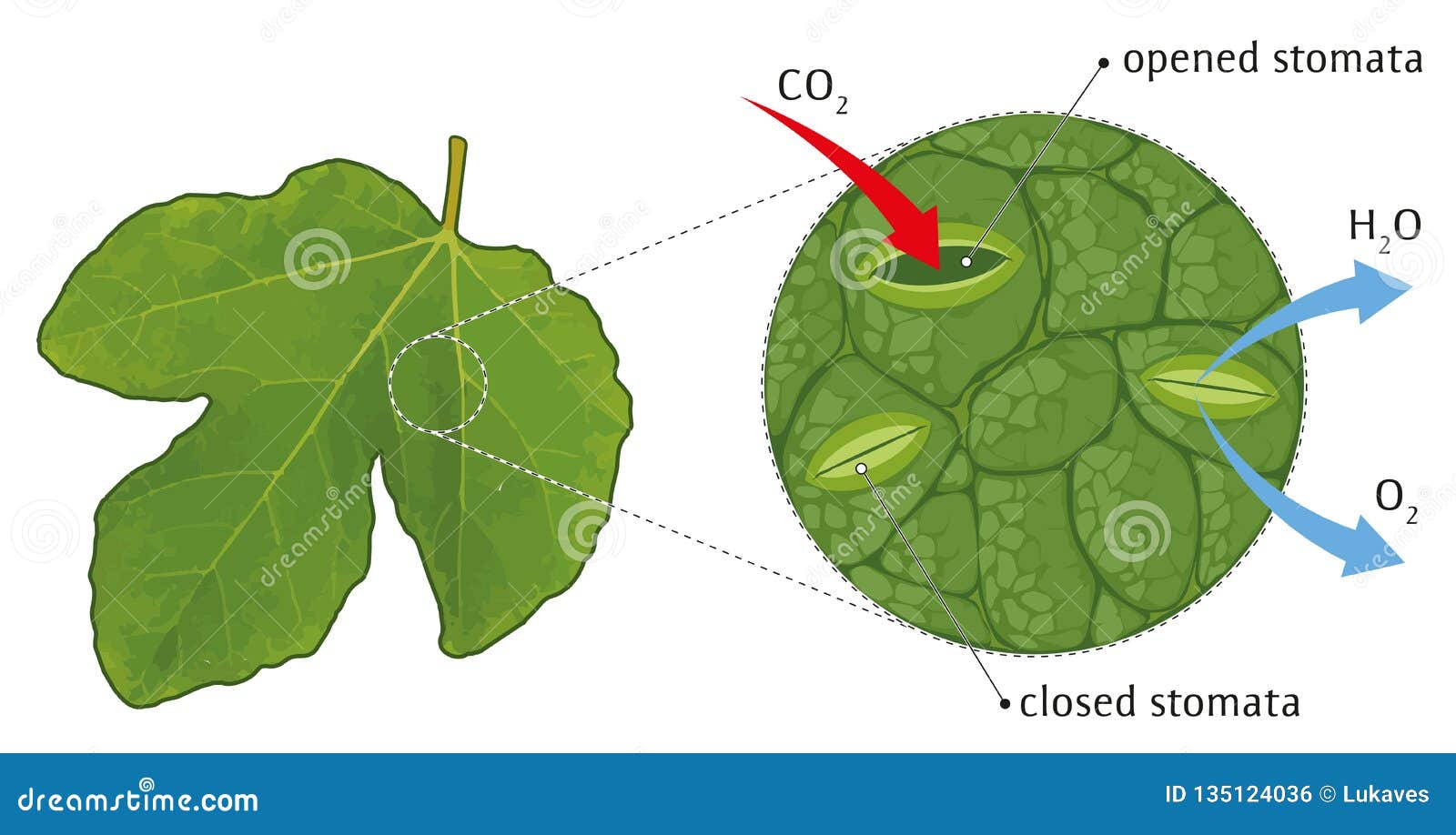Why Do Sun Leaves Have More Stomata
We hypothesized that lower salinity would lead to higher stomatal density increased leaf area and greater tree height because plants would be less water-stressed. Shade leaves are typically larger in area but thinner than sun leaves.

Leaves And Photosynthesis Ck 12 Foundation
The more stomata per unit area stomata density the more CO 2 can be taken up and the more water can be released.

. Stomata are found on the bottom of leaves to reduce dehydration. In contrast high salinity environments would produce smaller plants with smaller leaves and fewer stomata. The epidermis which is located beneath the cuticle also protects the leaf.
Are produced such as in the spring or summer. But on the other hand if water is. Sun leaves become thicker than shade leaves because they develop longer palisade cells or an additional layer of palisade.
Water is lost through these small pores which usually can only be seen with a microscope. But on the other hand if water is not available such as under. One may hypothesize that leaves in the sun should have higher stomata density than do leaves in the shade - all else being equal.
It plays a key role in gas exchange as well because it contains pores. In exchange stomata allow oxygen which is a waste product. Aquatic plants have stomata on the upper surface of leaves because it helps them In the process of exchange of gases in plants those which float on water like lotus.
Some leaves would need more stomata than others if they are in an environment with more water. The cuticle protects the leaf and helps it retain water. Shade-leaf stomata are larger and much fewer in.
Click to see full answer. Stomata play an important role in photosynthesis as they allow the plant to absorb carbon dioxide from the environment. Thus one may hypothesize that leaves in the sun should have higher stomata density than do leaves in the shade - all else being equal.
Stomata regulate the amount of water that. Stomata on the upper surface helps in exchange of gases between them and the atmosphere. They also have half as many stomata than sun leaves or even fewer and so have a lower respiration rate.
The leaves in the sun are going to have a greater stomatal density to help control the temperature by evaporative cooling. Sun and shade leaves also differ in their tiny pore-like openings usually concentrated on the protected undersides of the leaves. Why do smaller leaves have more stomata.
The leaves in the shade will have a smaller stomatal density due to the lack of exposure to direct sunlight and the. Known as stomata these pores are smaller in sun leaves but they compensate by being more dense. Both monocot and dicot leaves have an outer waxy layer called the cuticle that covers the dermal tissue of the upper and lower epidermis.
Why do shade leaves have more chlorophyll. The more stomata per unit area stomata density the more CO 2 can be taken up and the more water can be released. Brittany Opraseuth Haley Landis Imara Vliegen Maya Tome Leaves Exposed to more Sunlight have Greater Stomatal Density Implications Discussion Understanding stomatal density is used by scientists to understand past carbon dioxide levels Plays a.
If a leaf is located in the sun the stomatal density will be greater than a leaf located in a shady area. Thus higher stomata.
How Many Stomatas Are In A Leaf Quora

Environmental Correlates Of Leaf Stomata Density Description

Stoma Leaf Stock Illustrations 88 Stoma Leaf Stock Illustrations Vectors Clipart Dreamstime

Transpiration Biology Lessons Science Flashcards Teaching Science
No comments for "Why Do Sun Leaves Have More Stomata"
Post a Comment